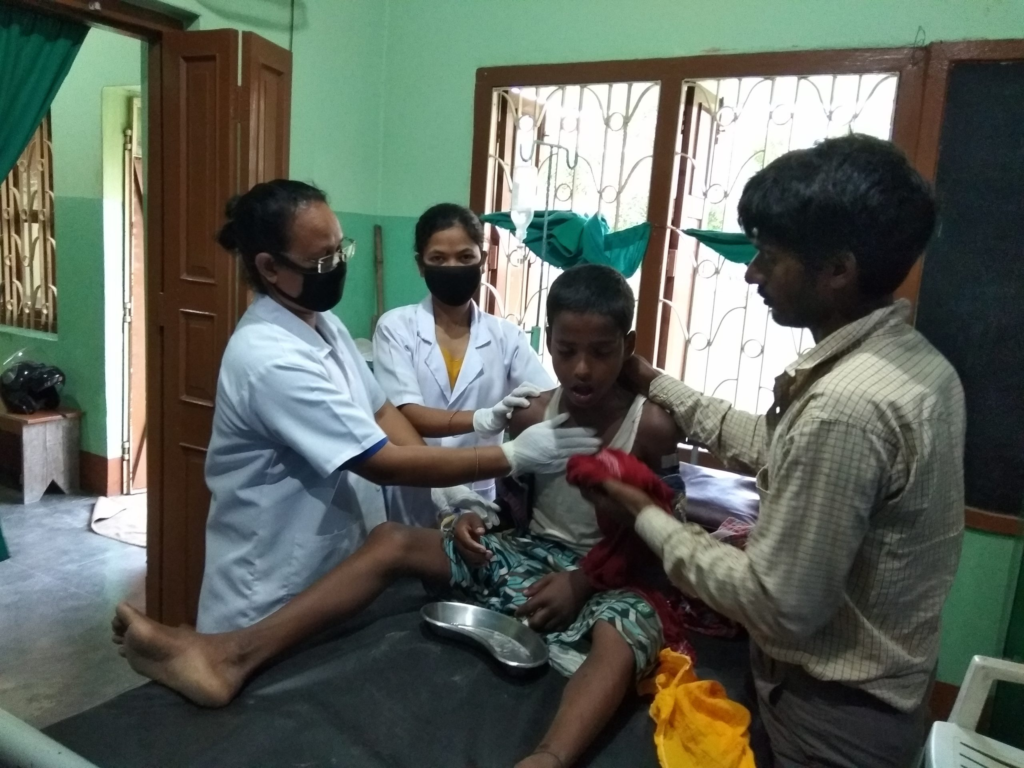Introduction
Snakebites are a critical and often overlooked public health issue in India. Despite their severity, the problem remains underappreciated and affects thousands across the country annually. This article explores the crisis in depth, including its impact, contributing factors, and recent advancements in treatment and prevention.

Full Timeline of Key Events
- 1960s: India began acknowledging snakebites as a major health concern. Early efforts included preliminary antivenom research and awareness campaigns.
- 1992: The National Snakebite Management Protocol was first introduced to standardize the approach to snakebite treatment.
- 2000: Launch of the National Rural Health Mission (NRHM) aimed at improving healthcare infrastructure, including management of snakebites in rural areas.
- 2015: The Ministry of Health and Family Welfare updated the National Snakebite Management Protocol to include newer antivenoms and treatment guidelines.
- 2017: Introduction of subsidized antivenom programs by the National Health Mission to enhance accessibility in remote regions.
- 2019: India adopted the WHO’s global strategy for snakebite prevention and control, integrating it into national health policies.
- 2021: The Indian Institute of Toxicology Research (IITR) in Lucknow developed new-generation antivenoms, which were shown to be more effective in clinical trials.
- 2023: Expansion of training programs for healthcare workers, focusing on improving response times and treatment quality for snakebite cases.
- August 2024: Launch of a mobile app by the Ministry of Health to provide real-time information on antivenom availability and nearest medical facilities for snakebite emergencies.
Impact of Snakebites in India
Snakebites are a significant public health issue in India, with rural areas being disproportionately affected. According to the latest estimates from the World Health Organization (WHO), India experiences nearly 50,000 snakebite-related fatalities each year, representing a substantial global burden. This figure highlights the severity of the problem and underscores the need for effective interventions.
Geographical and Environmental Factors
India’s diverse geography contributes to the prevalence of snakebites. The monsoon season, which spans from June to September, exacerbates the issue by causing flooding that displaces snakes and increases the risk of encounters with humans. Additionally, deforestation and agricultural expansion push human populations into snake habitats, further increasing the risk.
Medical and Socioeconomic Implications
Snakebite envenoming can lead to severe health complications, including renal failure, necrosis, and systemic bleeding. The socioeconomic impact is profound, as many victims are from economically disadvantaged backgrounds. The cost of treatment, including antivenom, remains a significant barrier. The average cost of snakebite treatment can range from INR 10,000 to INR 30,000, placing a heavy financial burden on affected families.
Recent Developments in Snakebite Management
Recent advancements in snakebite management have focused on improving treatment options and accessibility. The Indian Institute of Toxicology Research (IITR) in Lucknow has developed new antivenoms that offer better efficacy and fewer side effects. In addition, the introduction of the WHO’s global strategy has led to the integration of international best practices into India’s national protocols.
Expert Opinions on the Crisis
Dr. Anil Kumar, a leading toxicologist at the All India Institute of Medical Sciences (AIIMS), emphasizes the importance of timely medical intervention and community education. “Improving awareness and ensuring prompt medical care are essential for reducing the severity and mortality of snakebites,” says Dr. Kumar.
Dr. Ramesh Sharma, a public health expert at the National Institute of Epidemiology, highlights the need for better healthcare infrastructure in rural areas. “Strengthening healthcare facilities and training local health workers can significantly impact the management of snakebite cases,” notes Dr. Sharma.
Government and NGO Initiatives
The Indian government and various NGOs are actively addressing the snakebite crisis. The Ministry of Health and Family Welfare’s National Snakebite Management Protocol aims to standardize treatment across the country. NGOs such as the Snakebite Prevention and Education Trust and the Rural Health Initiative play crucial roles in raising awareness and providing medical support in high-risk areas. The Rural Health Initiative has deployed mobile healthcare units to deliver antivenom and emergency care to remote villages.
Updated Developments (August 2024)
In August 2024, the Ministry of Health launched a mobile app designed to assist in snakebite management. The app offers real-time updates on antivenom availability, nearby medical facilities, and first-aid procedures. This initiative aims to enhance accessibility to treatment and improve response times in emergencies.
Conclusion
The snakebite crisis in India remains a pressing public health challenge that demands ongoing attention and action. With continued research, improved treatment protocols, and increased awareness, significant progress can be made in mitigating the impact of snakebites. By strengthening healthcare infrastructure and expanding access to treatment, India can better address this hidden epidemic and protect vulnerable populations.
For Regular News and Updates Follow – Sentinel eGazette
External Sources
- World Health Organization (WHO) – Snakebite Envenoming
- Indian Institute of Toxicology Research (IITR) – Recent Developments
- Ministry of Health and Family Welfare – National Snakebite Management Protocol
FAQs
- What are the main causes of snakebites in India?
- Snakebites primarily occur in agricultural fields, during the monsoon season, and in areas with poor snakebite management infrastructure.
- How can one prevent snakebites?
- Preventive measures include wearing protective clothing, educating communities about snakebite risks, and avoiding areas known for high snake activity.
- What are common symptoms of snakebite envenoming?
- Symptoms include severe pain, swelling, necrosis, difficulty breathing, and systemic bleeding. Immediate medical attention is critical.
- Where can antivenom be obtained in India?
- Antivenom is available in government hospitals and certain health centers. Some NGOs also provide antivenom in remote areas.
- What should be done immediately after a snakebite?
- Seek medical help urgently, keep the affected limb immobilized, and avoid traditional remedies. Prompt antivenom administration is crucial.